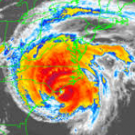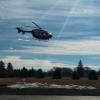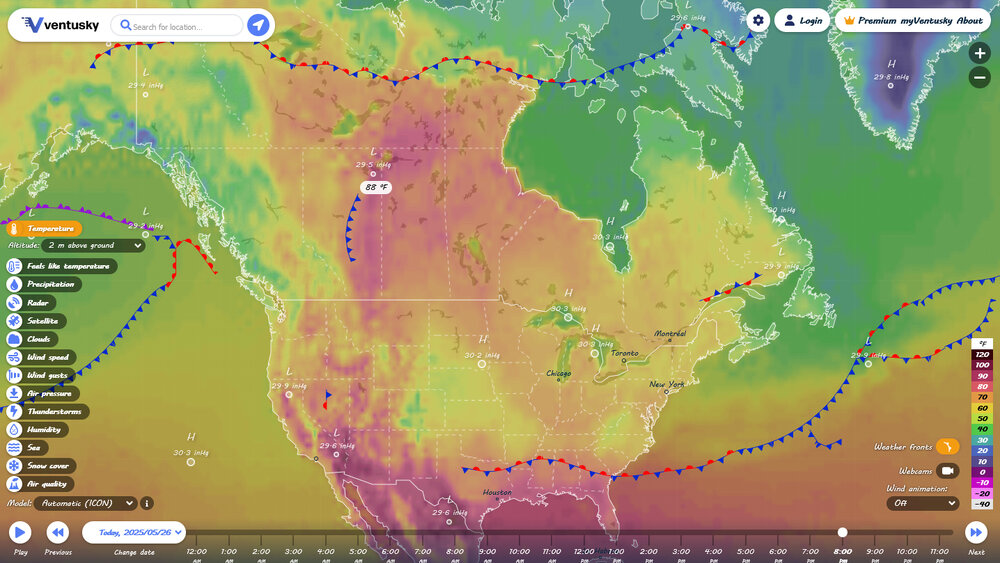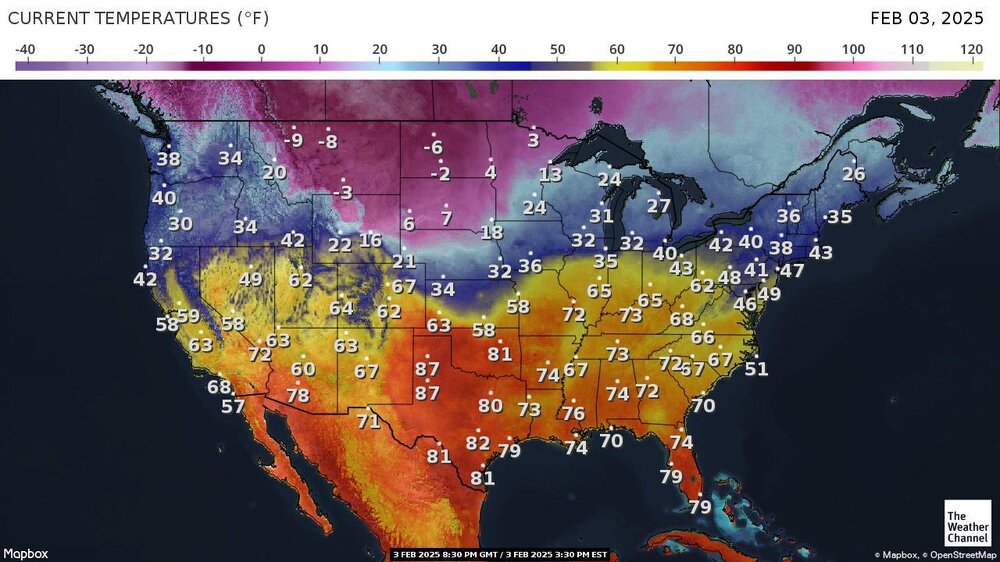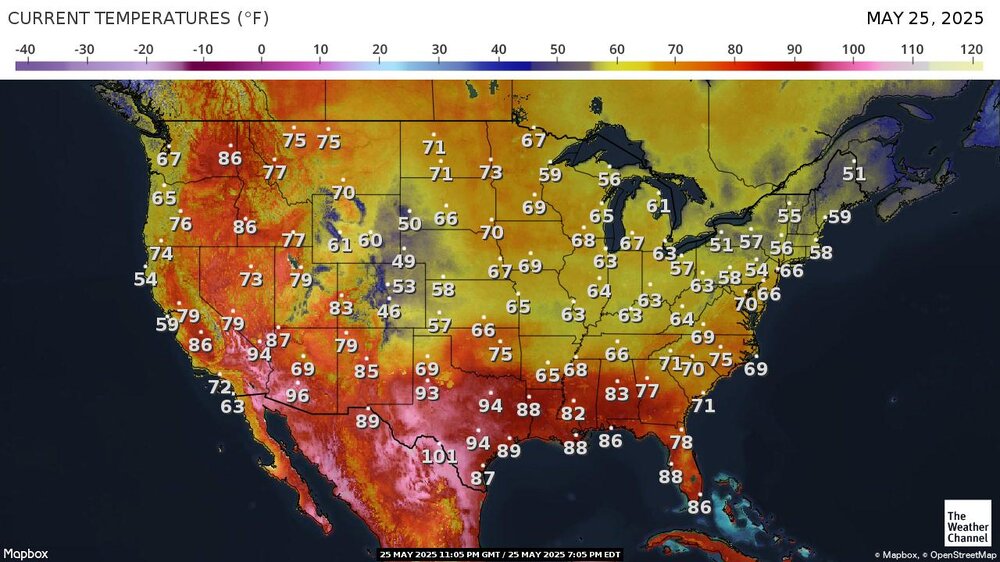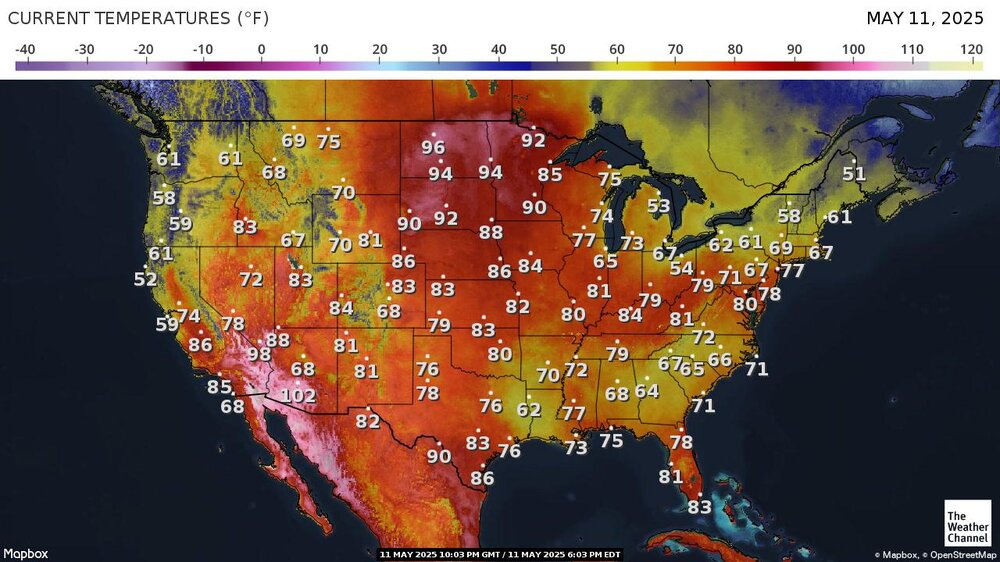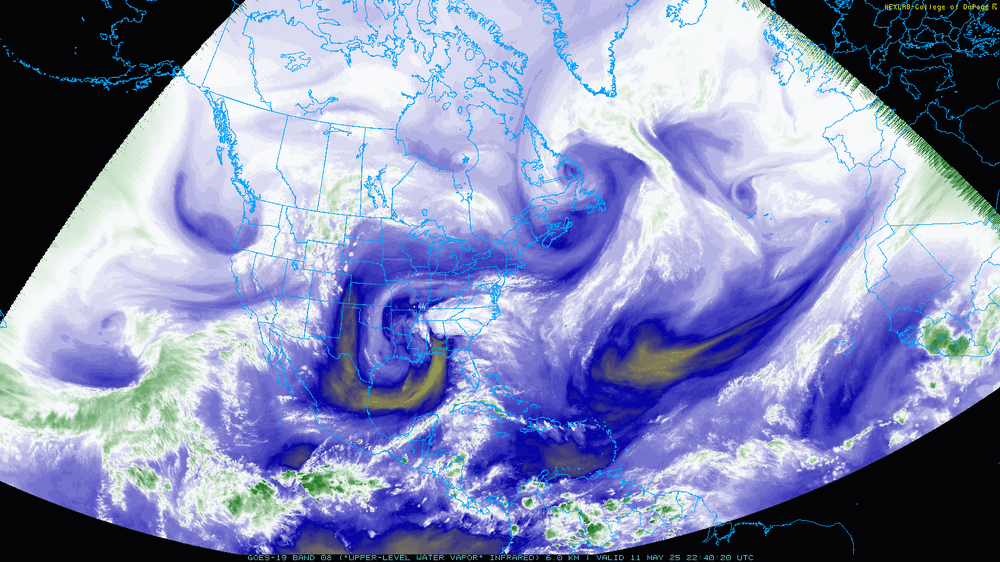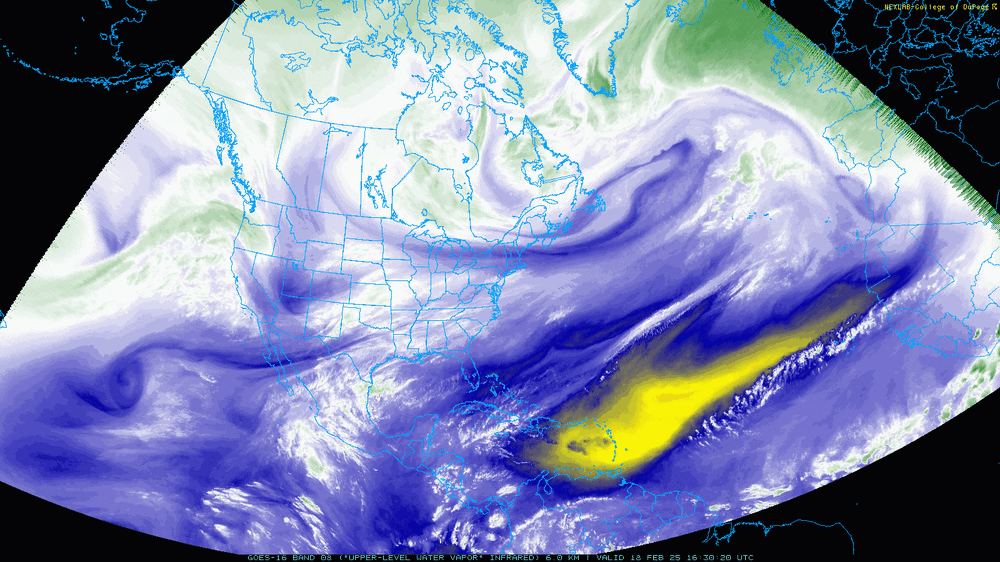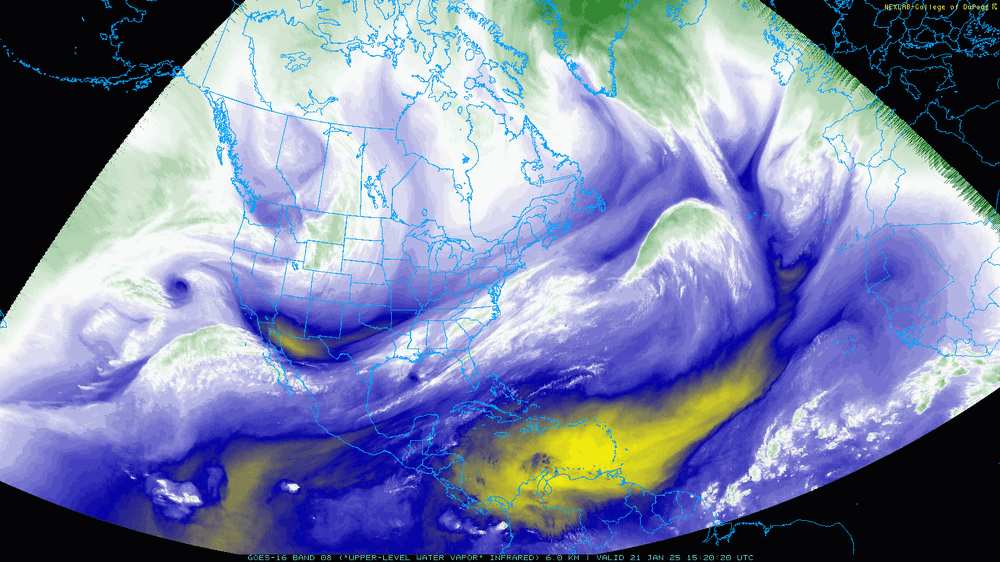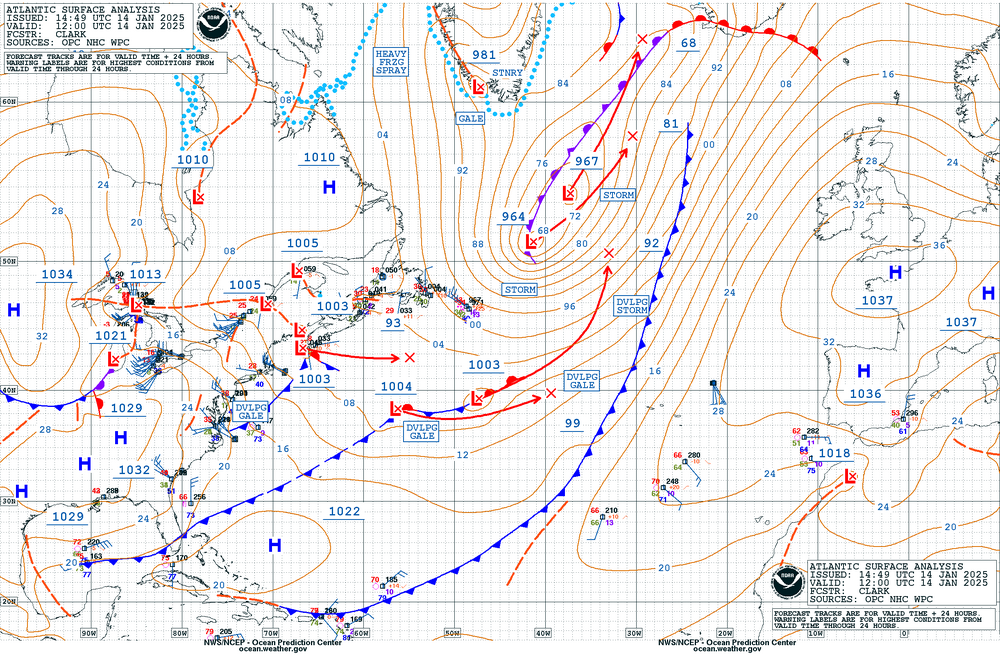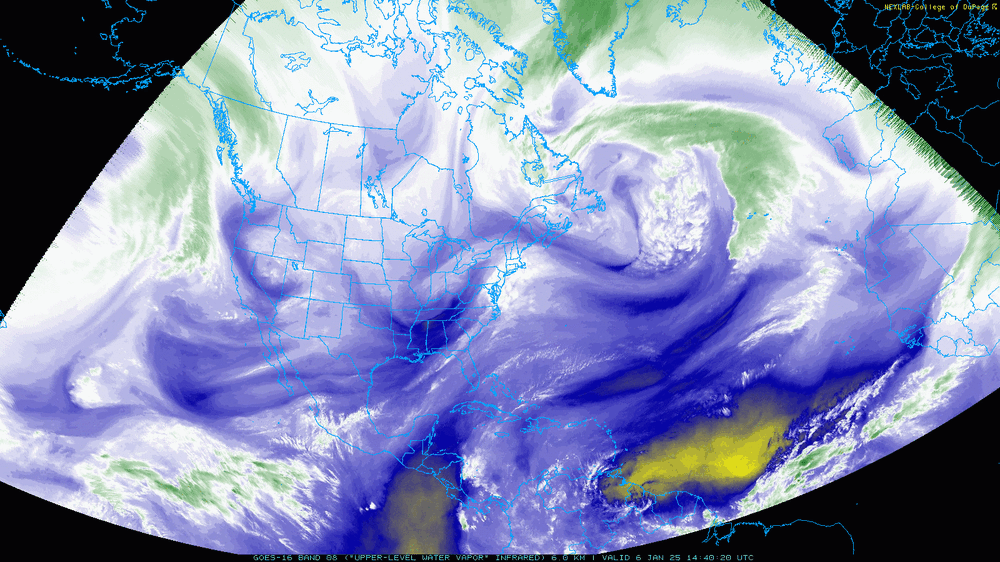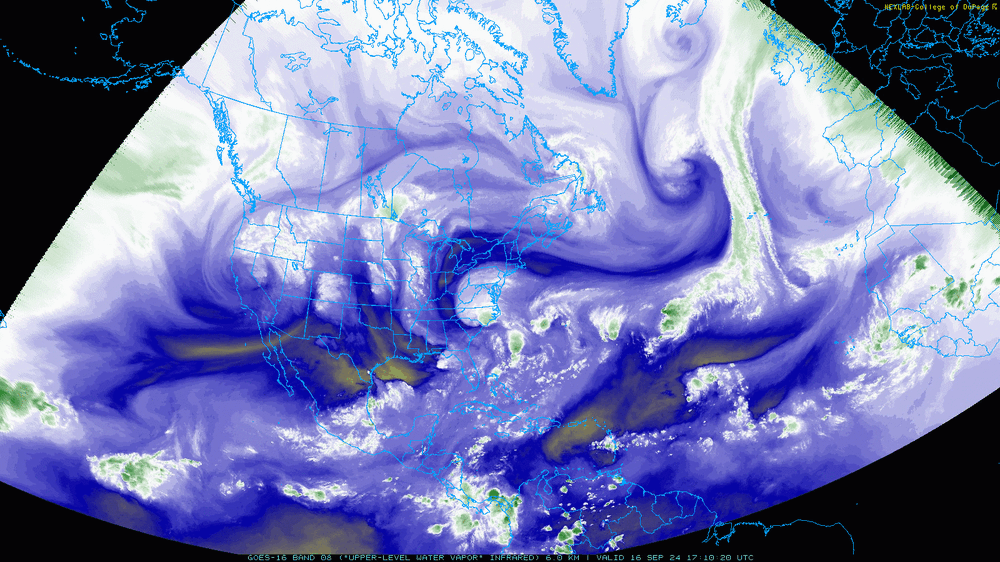-
Posts
283 -
Joined
-
Last visited
About calm_days

Profile Information
-
Gender
Not Telling
Recent Profile Visitors
2,335 profile views
-
most of today's radar !!
-
here is a new example of what we were writing about a few weeks ago, that is, the ULL approaching brings quite a lot of warmer air with it to wherever it is located. Here also are two examples of unique temperature dynamics from this year. February 3rd this year ^^ May 25 this year
-
it is always surprising to see very hot temperatures occurring next to the warm front, regardless of it being a warm front. I have enough memories from being younger that thermal behavior was not like this, but i don't want to assume anything. For many years now there have been so many instances of the hottest thermal activity existing in ways that appear isolated, at higher latitude due to strong warm fronts. But did this actually used to happen as well ??
-
very dynamic banding today !! i wasn't sure if the power or network would stay on long enough to post this but so far it has.
-
Yes, i don't know how long it will take this broader pattern to change . but that seems to be more of a positive sign than not.
-
i didn't realize that Mack hadn't posted for a few years now, i just knew that he moved to the midwest!! hopefully he is doing really well !! Anyway this is a good time to honor him as an oldschool snow loving member of the SE forum!! @mackerel_sky speaking of mackerel, holy mackerel this pattern really stands out in the imagery too!!
-
-
^^ current ^^ yesterday it's an impressive pattern, you can really see it !! We may end up with a seasonal entire month, but maybe more than just one.
-
Have you tried pressing CTRL and the '+' key while on this site ?? it is possible based on the proportions of a cat standing/walking and weight of paws that if they stood on the ' - ' key and one of the ctrl keys at the same time it would have zoomed out the resolution for amwx specificially!! otherwise somewhere in your browser menu ( sometimes it's called ' view ' ) and there would be a zoom setting in there??
-
HRRR showing surprising trough interaction; whether it is just the computation or it will actually happen it seems good to post in here.
-
this would definitely not fit in other threads, but, HRRR is showing, a structure more similar to PTC 8 for the current situation. a lot of interaction with the trough to the north is visible. i feel like that itself is likely to happen but i'm not sure if the actual cyclonic structure will change. Debby and PTC 8 were really different structurally though. If it does merge with the trough and low system early it may become more of a southeaster as was PTC 8. updated 9/24 , for banter's interest's sake. it is again indicating a structural transition.
-

2024 Atlantic Hurricane Season
calm_days replied to Stormchaserchuck1's topic in Tropical Headquarters
-

Potential Tropical Cyclone Eight—50mph/1006mb
calm_days replied to WxWatcher007's topic in Tropical Headquarters
-

Potential Tropical Cyclone Eight—50mph/1006mb
calm_days replied to WxWatcher007's topic in Tropical Headquarters
Sort of but moreso in that it's a coastal storm than how it generated. This is a very good post from storm2k from yesterday, -

Potential Tropical Cyclone Eight—50mph/1006mb
calm_days replied to WxWatcher007's topic in Tropical Headquarters
mid morning through to now !!


